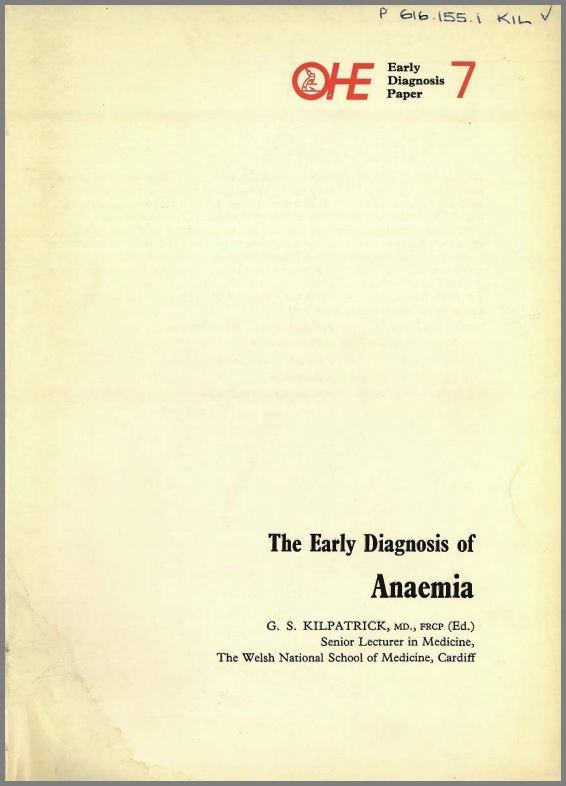Iron deficiency anaemia is a very common condition in the United Kingdom. Prevalence is greatest amongst women of child-bearing age and elderly men and women. Detection…
Iron deficiency anaemia is a very common condition in the United Kingdom. Prevalence is greatest amongst women of child-bearing age and elderly men and women. Detection is easy, accurate and fairly cheap by means of a simple battery operated haemoglobin meter. Anaemia is…
Iron deficiency anaemia is a very common condition in the United Kingdom. Prevalence is greatest amongst women of child-bearing age and elderly men and women. Detection is easy, accurate and fairly cheap by means of a simple battery operated haemoglobin meter. Anaemia is not a disease entity in itself, but a result of various causes. Thus, its morbidity rate and mortality rate are the collective ones for all the many underlying causes.
The three main causes of iron deficiency anaemia are blood loss, which is by far the most important, inadequate dietary intake and malabsorption of iron. For many years conventional and arbitrary levels of haemoglobin have been used to define anaemia. While such measurements have obvious convenience, arbitrary definitions based on them have limitations. The significant feature is not haemoglobin concentration per se, but the clinical symptoms, if any, that result from that concentration in an individual together with the fact that further investigations may be indicated.
Unless or until the underlying disease condition can be discovered, it is reasonable to give treatment with iron. Ferrous salts are better absorbed than ferric salts. Iron and folic acid should also be administered to all pregnant women especially in the last trimester.
